MOTABILITY
MOTABILITY
Having a disability doesn’t necessarily mean that you can’t drive – there are various modifications that can be designed to help make your driving, or travelling experience as comfortable as possible, depending on your needs. Several of which I have had fitted to my vehicle.
The Motability Foundation may also be able to help with the cost of up to 40 hrs of driving lessons.
If you are disabled and want to learn how to drive, you might find this article useful.
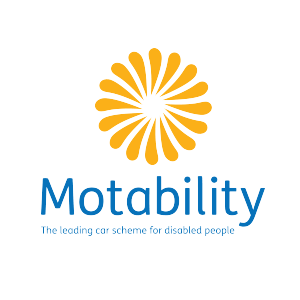
MOTABILITY
Having a disability doesn’t necessarily mean that you can’t drive – there are various modifications that can be designed to help make your driving, or travelling experience as comfortable as possible, depending on your needs. Several of which I have had fitted to my vehicle.
The Motability Foundation may also be able to help with the cost of up to 40 hrs of driving lessons.
If you are disabled and want to learn how to drive, you might find this article useful.

MOTABILITY
Having a disability doesn’t necessarily mean that you can’t drive – there are various modifications that can be designed to help make your driving, or travelling experience as comfortable as possible, depending on your needs. Several of which I have had fitted to my vehicle.
The Motability Foundation may also be able to help with the cost of up to 40 hrs of driving lessons.
If you are disabled and want to learn how to drive, you might find this article useful.
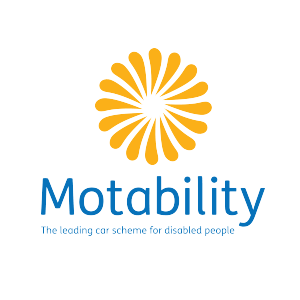

GET A PROVISIONAL LICENCE
First off, you should apply for your provisional driving licence. The earliest you can submit an application is three months prior to your sixteenth birthday. You can get the form needed to do this — called a D1 — from any large Post Office, or you can download it online from the government’s website.
Once you have sent this off, the Driver and Vehicle Licensing Agency (DVLA) will often send back to you a ‘medical-in-confidence’ form which will ask for further information about your disability. It is also likely that the DVLA will ask for your permission to contact your doctor, but this is totally normal!
After this, they will review your application and will usually issue your provisional license. In some circumstances, the DVLA might ask you to see its own specialist or another doctor close to you to make sure your licence is suitable.

GET A PROVISIONAL LICENCE
First off, you should apply for your provisional driving licence. The earliest you can submit an application is three months prior to your sixteenth birthday. You can get the form needed to do this — called a D1 — from any large Post Office, or you can download it online from the government’s website.
Once you have sent this off, the Driver and Vehicle Licensing Agency (DVLA) will often send back to you a ‘medical-in-confidence’ form which will ask for further information about your disability. It is also likely that the DVLA will ask for your permission to contact your doctor, but this is totally normal!
After this, they will review your application and will usually issue your provisional license. In some circumstances, the DVLA might ask you to see its own specialist or another doctor close to you to make sure your licence is suitable.
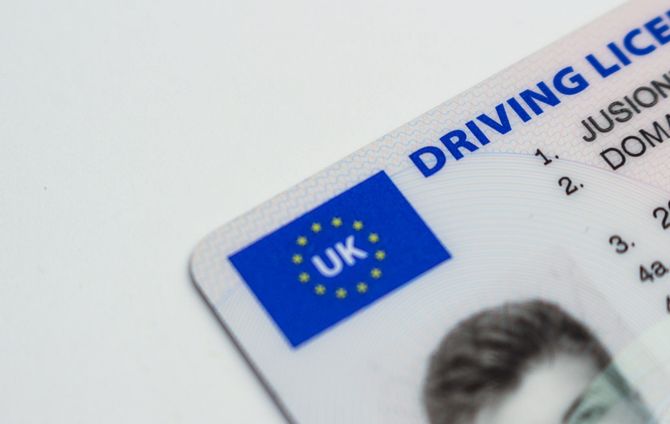
GET A PROVISIONAL LICENCE
First off, you should apply for your provisional driving licence. The earliest you can submit an application is three months prior to your sixteenth birthday. You can get the form needed to do this — called a D1 — from any large Post Office, or you can download it online from the government’s website.
Once you have sent this off, the Driver and Vehicle Licensing Agency (DVLA) will often send back to you a ‘medical-in-confidence’ form which will ask for further information about your disability. It is also likely that the DVLA will ask for your permission to contact your doctor, but this is totally normal!
After this, they will review your application and will usually issue your provisional license. In some circumstances, the DVLA might ask you to see its own specialist or another doctor close to you to make sure your licence is suitable.
TAKE A THEORY TEST
Anybody learning to drive needs to take a theory test. This is a test you do that doesn’t involve sitting in the car at all, but instead shows you know the theoretical rules of driving. You may want to take this assessment before beginning practical lessons, as there is a possibility, with some cases, that you find it isn’t possible to drive once you begin lessons.
If you suffer from deafness or hearing problems, you can get a DVD about learning the Highway Code with sign language. There are similar products available to assist with the theory test, too.
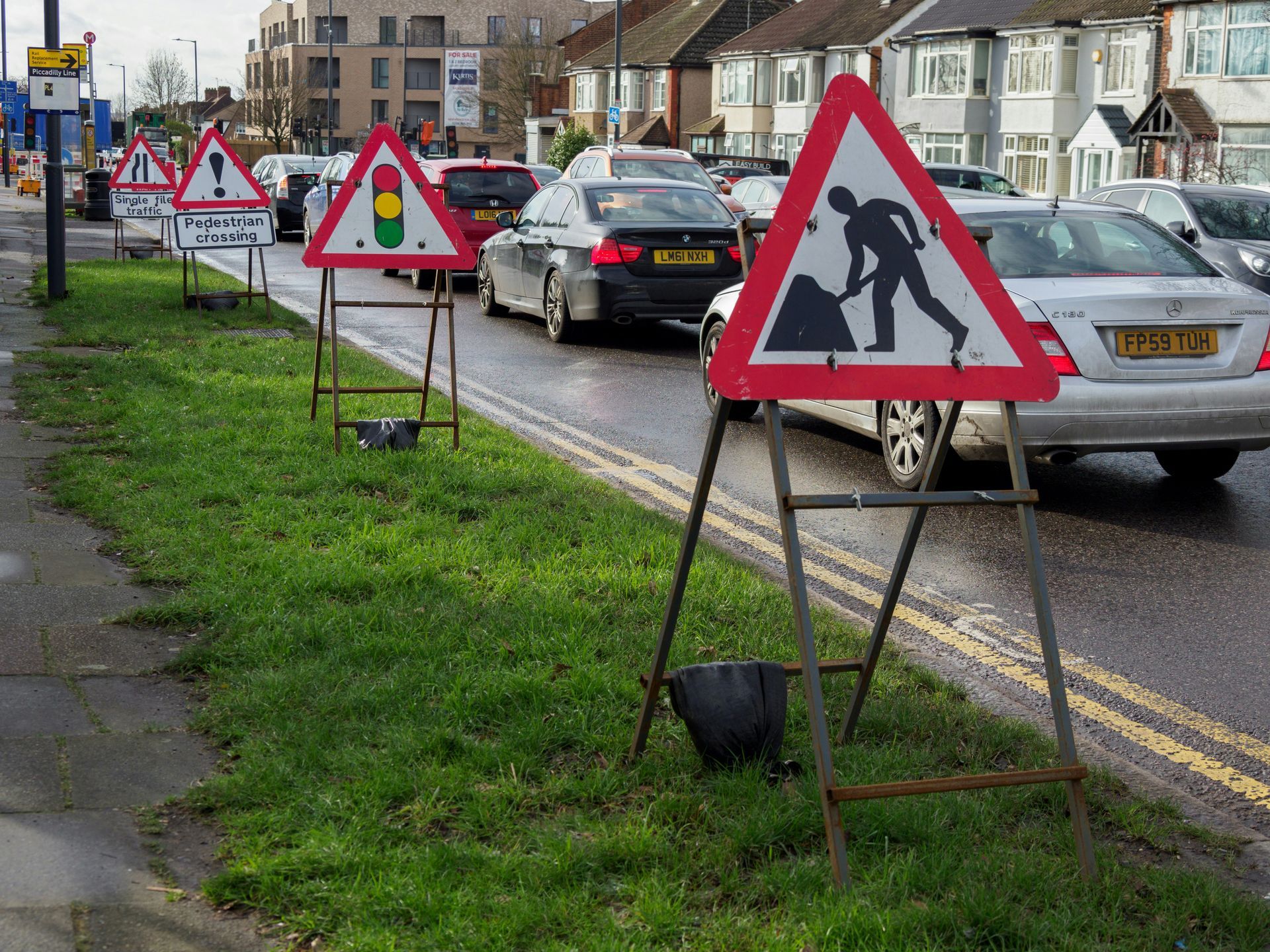
TAKE A THEORY TEST
Anybody learning to drive needs to take a theory test. This is a test you do that doesn’t involve sitting in the car at all, but instead shows you know the theoretical rules of driving. You may want to take this assessment before beginning practical lessons, as there is a possibility, with some cases, that you find it isn’t possible to drive once you begin lessons.
If you suffer from deafness or hearing problems, you can get a DVD about learning the Highway Code with sign language. There are similar products available to assist with the theory test, too.
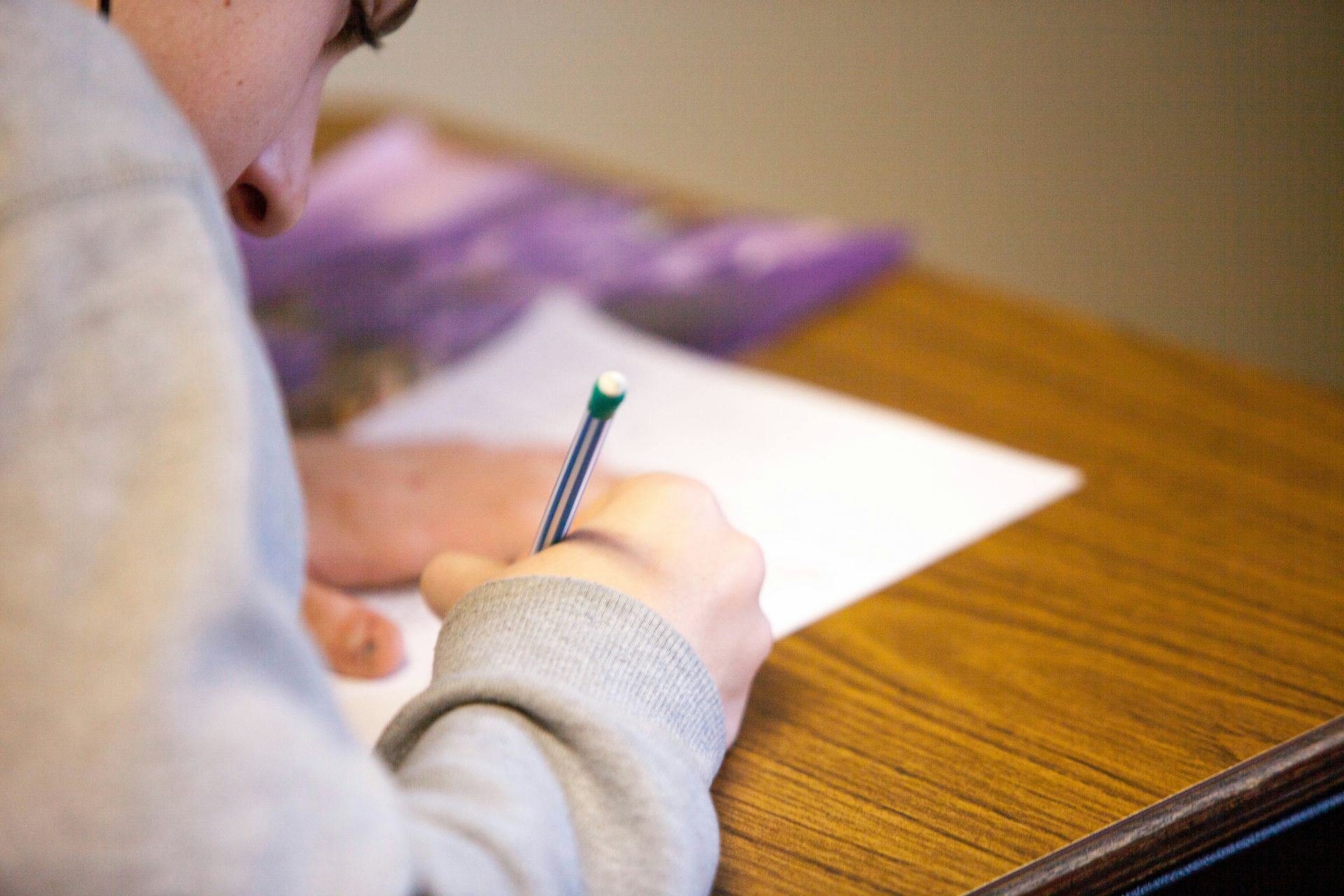
TAKE A THEORY TEST
Anybody learning to drive needs to take a theory test. This is a test you do that doesn’t involve sitting in the car at all, but instead shows you know the theoretical rules of driving. You may want to take this assessment before beginning practical lessons, as there is a possibility, with some cases, that you find it isn’t possible to drive once you begin lessons.
If you suffer from deafness or hearing problems, you can get a DVD about learning the Highway Code with sign language. There are similar products available to assist with the theory test, too.
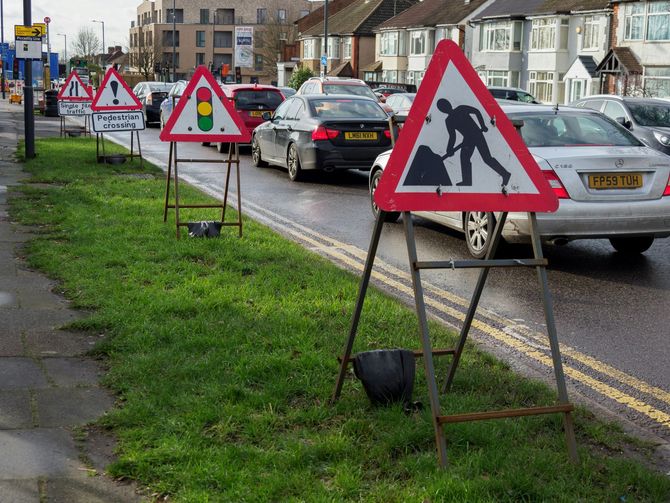
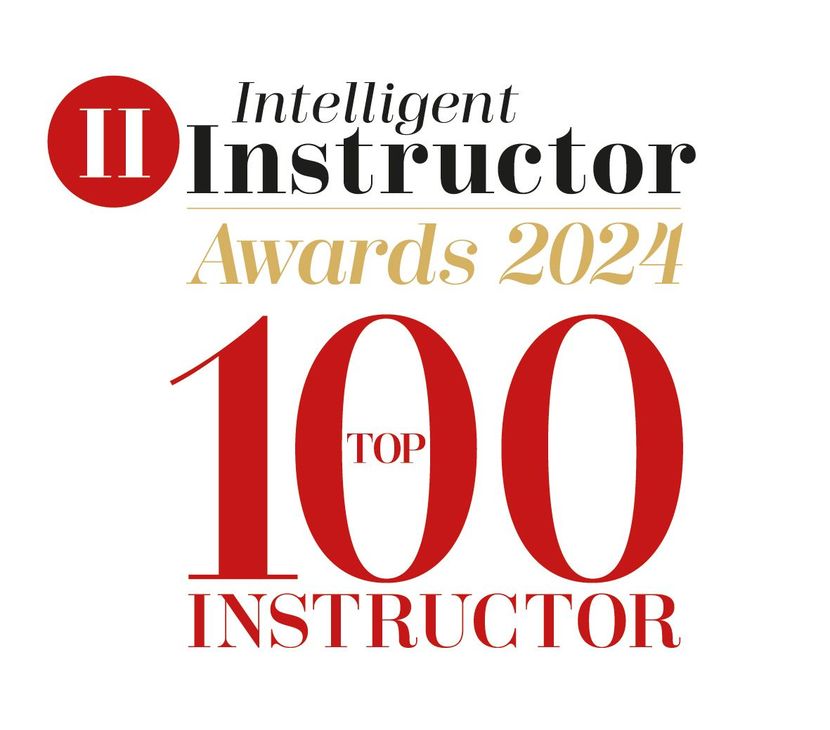
Get In Touch
Hulatt Automatic Driving Academy
Get In Touch
Hulatt Automatic Driving Academy
LET PETER SHOW YOU THE EASIER WAY
07415597608
LET PETER SHOW YOU THE EASIER WAY
07415597608
CONTACT US
07415597608
info@hulattautomaticdrivingacademy.co.uk
GET IN TOUCH
Contact Us
Thank you for contacting us.
We will get back to you as soon as possible
We will get back to you as soon as possible
Oops, there was an error sending your message.
Please try again later
Please try again later
CONTACT US
07415597608
GET IN TOUCH
Contact Us
Thank you for contacting us.
We will get back to you as soon as possible
We will get back to you as soon as possible
Oops, there was an error sending your message.
Please try again later
Please try again later
CONTACT US
07415597608
GET IN TOUCH
Contact Us
Thank you for contacting us.
We will get back to you as soon as possible
We will get back to you as soon as possible
Oops, there was an error sending your message.
Please try again later
Please try again later
